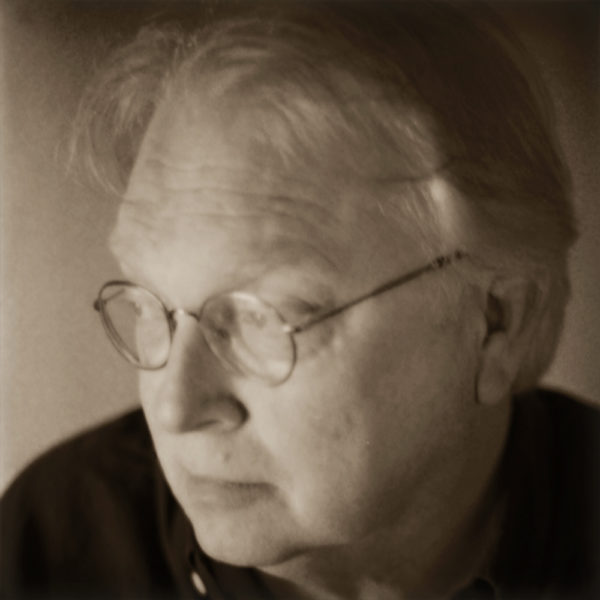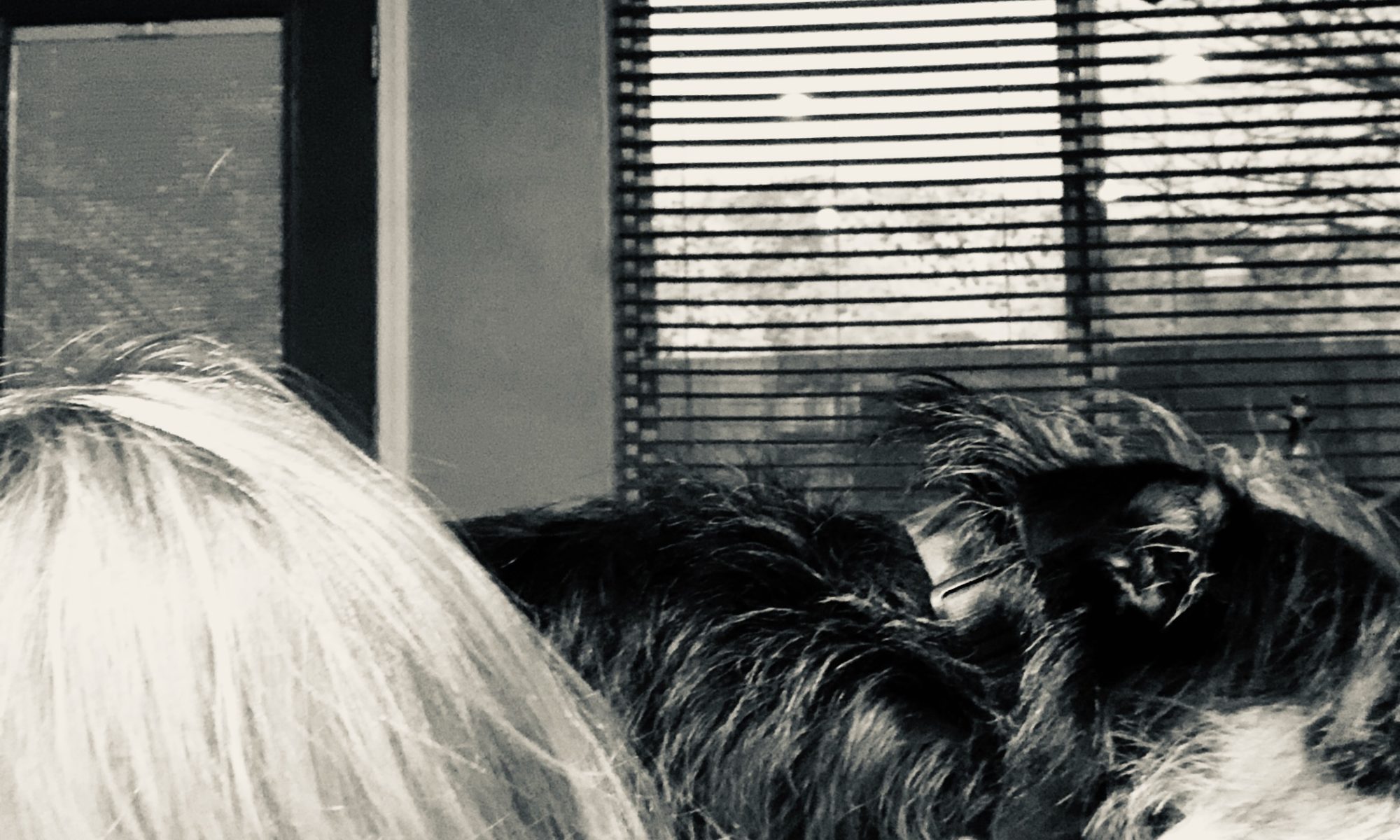Joseph Lapin is an author and creative living in San Diego, CA, and his writing has appeared in the Los Angeles Times, The Village Voice, LA Weekly, Salon, Huck Magazine, and The Los Angeles Review, and Narratively selected his memoir, ‘Just Get in the Ambulance,’ as one of their top-ten all-time best memoirs. His fiction has appeared in Sliver of Stone, Literary Orphans, and Mental Ward: Echoes of the Past, an anthology from Sirens Call Publications. He is also the host and creator of The Working Poet Radio Show (on hiatus), a proud graduate of the MFA program at Florida International University, and the Vice President of Marketing and Communications at Circa Interactive.
Eckleburg: What captures your interest most in your work, now, as a reader of your work?
Joseph Lapin: When I read, I immediately hooked by a writer who can change the way I perceive my own reality. Whether it’s making me see a different world or slightly altering the way I see my own, I am immediately enthralled. Of course, I’m interested in writers who understand how to use the perfect word, but I’m also seeking an angle into a world, a story, a character that I have never seen before. Truthfully, when I open a book, I want the author to help remind me that anything is possible.
Eckleburg: What are you working on now?
Joseph Lapin: Right now, I’m working on a memoir, short stories, a novella, and a draft or two of a novel. After a few years of working solely on novels, I realized I was forcing my work a bit into spaces and directions that weren’t natural. I’m trying to focus on letting my work develop naturally on their own.
Eckleburg: Who and what are your artistic influences?
Joseph Lapin: In my professional life, I’m a marketing executive, and I study design thinking principles. While taking classes and conducting research on design thinking, I’ve come to the conclusion that innovation and great ideas come from bringing together a diversity of disciplines, thoughts, and ideas. My artistic inspirations are intentionally wide, and I’m constantly looking for new ways to think. Right now, I’m reading Ted Chiang, and I look for inspiration everywhere: Outlaw country music, Neo Rauch, John Green, Steph Cha, Frank O’Hara, hiking, Liu Cixin, Carlo Rovelli, and much more.
Eckleburg thanks Joseph Lapin. Do you have new work published here at Eckleburg or elsewhere? Add your Selfie Interview and share the news with our 10,000+ reading and writing community. If you have a new book out or upcoming, join our Eckleburg Book Club and let our readers know about it.



